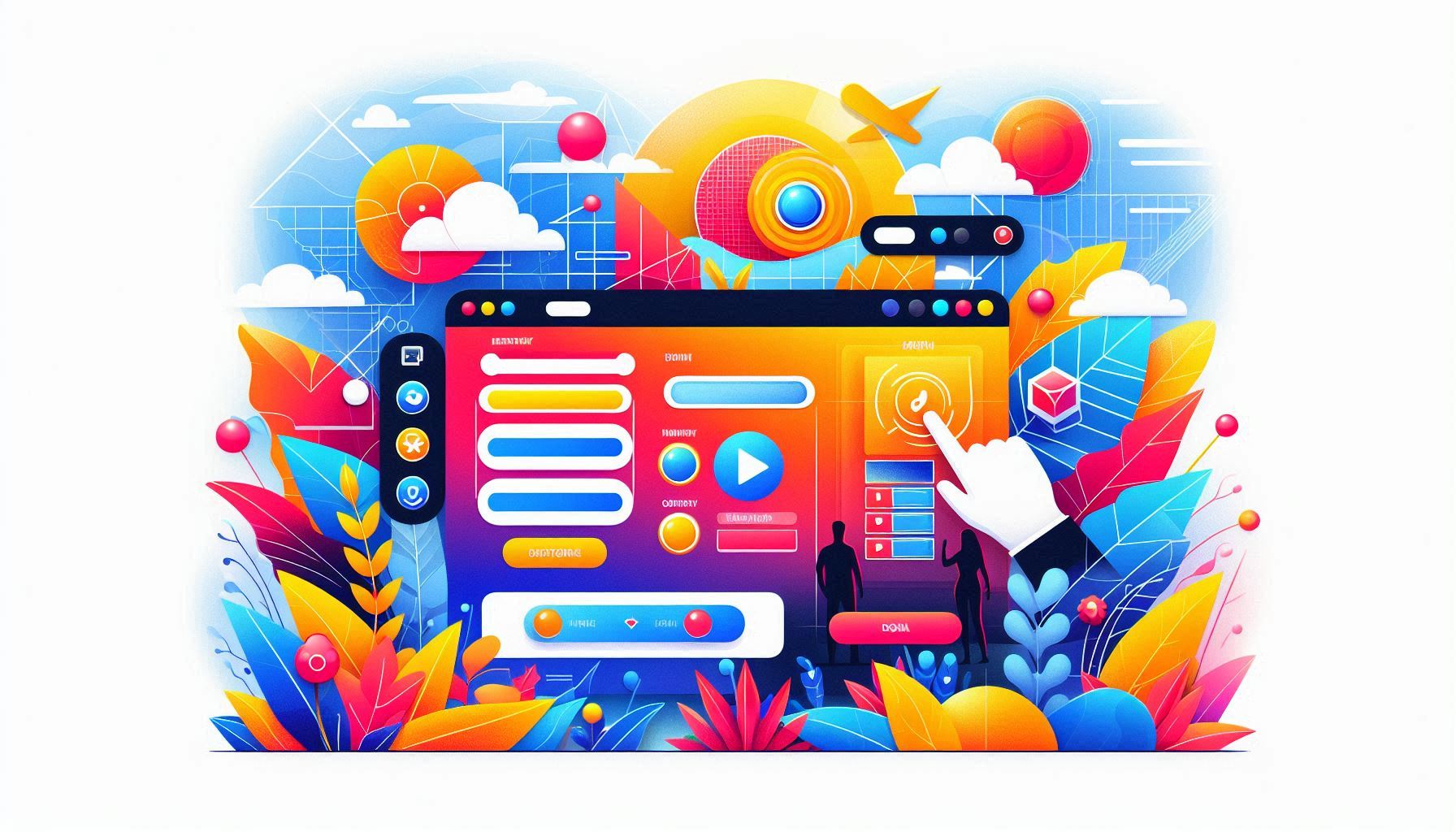Understanding jQuery: Simplifying JavaScript Development

What is jQuery?
jQuery is a fast, small, and feature-rich JavaScript library designed to simplify client-side scripting of HTML. It provides an easy-to-use API that abstracts and simplifies many common tasks, such as DOM manipulation, event handling, animation, and AJAX interactions. Key features of jQuery include: - DOM Manipulation: jQuery simplifies the process of selecting and manipulating DOM elements using CSS-style selectors. It provides methods to modify attributes, styles, content, and structure of HTML elements. - Event Handling: jQuery allows developers to attach event handlers to DOM elements and define actions to be performed when events occur, such as clicks, mouse movements, or keyboard inputs. - AJAX Support: jQuery provides methods to make asynchronous HTTP requests (AJAX) easier to manage. This includes loading data from a server without refreshing the entire page, submitting form data in the background, and handling responses. - Animation: jQuery includes built-in methods for creating animations and effects, such as fading elements in and out, sliding elements up and down, and custom animations using CSS properties.
Why Use jQuery?
1. Simplified Syntax: jQuery simplifies complex JavaScript tasks with a concise and easy-to-understand syntax. It abstracts browser inconsistencies and provides a unified API that works across different browsers and versions. 2. Cross-Browser Compatibility: jQuery handles cross-browser compatibility issues, ensuring consistent behavior across various web browsers. This reduces the need for browser-specific workarounds and simplifies development. 3. Rapid Development: jQuery accelerates development by providing pre-built methods and plugins for common tasks. Developers can achieve complex functionalities with fewer lines of code, resulting in faster prototyping and deployment. 4. Large Plugin Ecosystem: jQuery has a vast ecosystem of plugins contributed by the community. These plugins extend jQuery's functionality, offering solutions for additional features like sliders, carousels, form validation, and more. 5. Legacy Support: Many existing projects and websites still rely on jQuery. Learning jQuery allows developers to maintain and enhance legacy codebases while gradually transitioning to modern JavaScript frameworks and libraries.
Getting Started with jQuery
If you're new to jQuery, here's how you can get started: - Integration: Include jQuery in your HTML document by linking to the jQuery library hosted on a content delivery network (CDN) or by downloading the library and referencing it locally. - DOM Manipulation: Learn the basics of selecting DOM elements using jQuery selectors (e.g., $("#id").addClass('active')) and manipulating their attributes, styles, and content. - Event Handling: Practice attaching event handlers to DOM elements using jQuery methods like .click(), .hover(), or .on(), and executing actions in response to user interactions. - AJAX Requests: Explore jQuery's AJAX methods ($.ajax(), $.get(), $.post()) to fetch data from a server, handle responses, and update parts of a web page dynamically. - Plugins: Discover and integrate jQuery plugins from the official jQuery Plugin Registry or other sources to add advanced functionalities to your projects.
The Future of jQuery
jQuery remains a valuable tool for web developers, especially for maintaining and extending existing projects. While newer JavaScript frameworks and libraries offer more modern approaches and features, jQuery continues to provide solutions for scenarios where its simplicity and compatibility are advantageous. The jQuery team continues to support and update the library, addressing security issues, improving performance, and ensuring compatibility with the latest web standards. As web development evolves, developers may choose to integrate jQuery with newer technologies or gradually transition to more modern frameworks based on project requirements and industry trends.
Conclusion
jQuery revolutionized JavaScript development by simplifying complex tasks and addressing browser inconsistencies. It continues to be a popular choice for web developers seeking to enhance productivity, ensure cross-browser compatibility, and leverage a rich ecosystem of plugins. Whether you're maintaining legacy projects, prototyping new ideas, or exploring modern web development trends, jQuery remains a versatile tool that streamlines JavaScript development and empowers developers to create dynamic and interactive web applications. In summary, jQuery isn't just a library; it's a foundational tool that has shaped the evolution of front-end web development and continues to play a significant role in the web ecosystem.